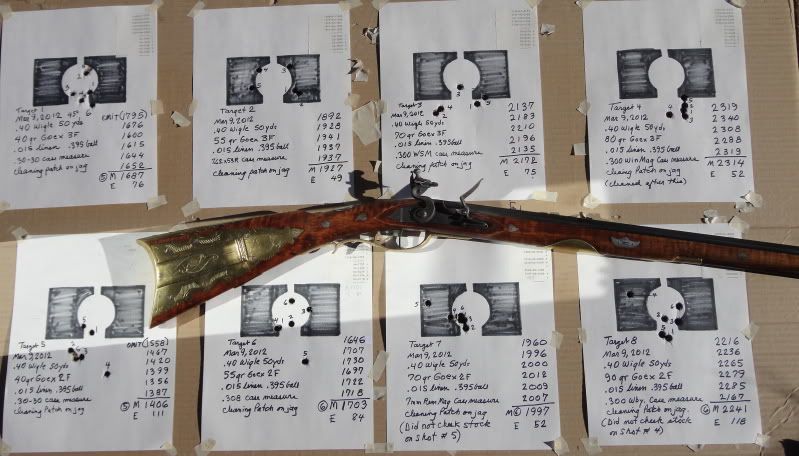Sinner said:
It may be interesting to see if there's any difference in weighed vs. measured charges, but I doubt it.
There almost always is some difference...and it varies based on the brand of powder and granulation size.
Used to be that Goex 2F was a reliable 1:1 standard...but so many other brands have become available with different compositions and weights that it's no longer as straight forward.
As Zonie and others mentioned...and based on that original 1:1 standard...the use of the volumetric powder measure setting expressed in 'grains' has long been a common means of communicating powder charges within the ML community.
As a general rule, I don't think traditional ML enthusiasts routinely weigh and communicate their charges in terms of scaled weight...at least I never have.








